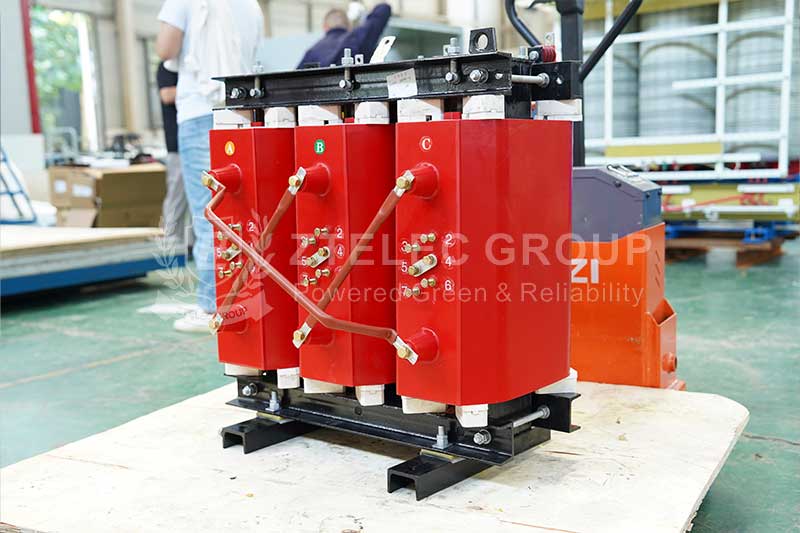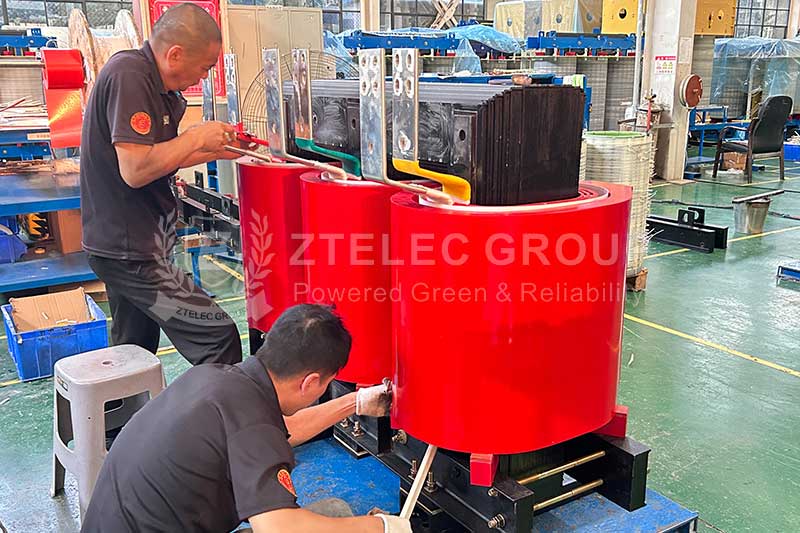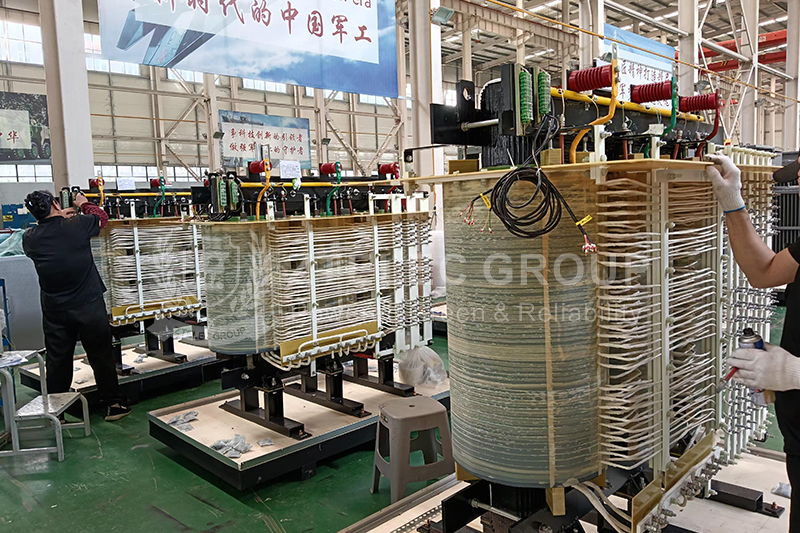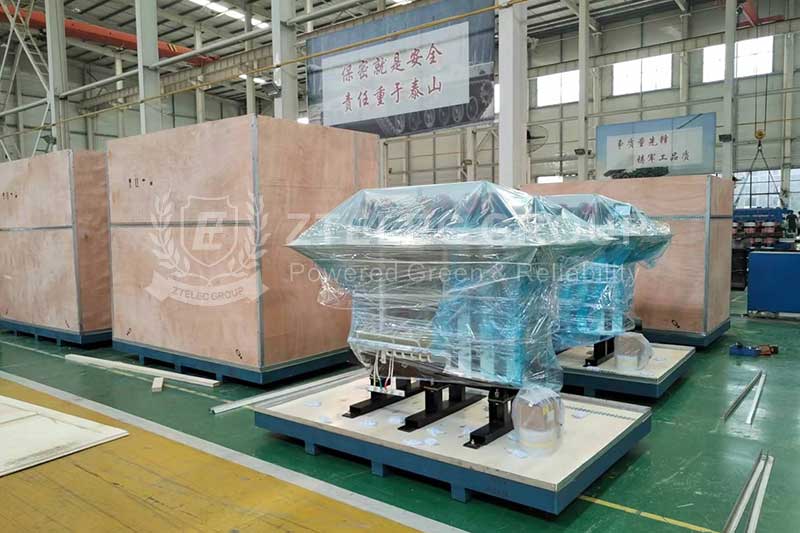Installation Requirements for Dry-Type Transformers
In modern power systems, dry-type transformers offer significant advantages: they are oil-free, fireproof, explosion-proof, and easy to maintain. These features make them essential in commercial buildings, data centers, rail transit, industrial facilities, and more. Proper installation is critical, as it directly affects operating reliability, service life, and overall electrical safety. Below are key installation requirements to ensure optimal performance.

1. Select a Suitable Installation Location
Install dry-type transformers in well-ventilated, dry areas free from corrosive gases and dust. Use tools like thermometers, humidity meters, and air quality detectors to verify environmental suitability before installation.
2. Foundation Preparation
The transformer foundation must be level, stable, and constructed with embedded steel plates that are flat and free from voids. Use a level to control horizontal accuracy, and inspect flatness and welding quality carefully. Adding shock-absorbing pads between the foundation and steel plates enhances seismic resistance and noise reduction.
3. Positioning and Fixing
Position the transformer using a crane or temporary wooden rails. Ensure the crane’s load capacity matches the transformer's weight. Align positioning precisely according to design drawings (tolerance ±25mm). During fixing, use anti-vibration rubber pads and maintain a horizontal error below 2 mm/m, adjusting in real time with a level.
4. Electrical Wiring
Ensure adequate clearance between live parts and from live parts to the ground. High-current, low-voltage busbars should be separately supported and connected via flexible joints to compensate for thermal expansion. After wiring, verify that all connections are secure and compliant with standards.

5. Grounding Requirements
Connect the transformer’s designated grounding bolt to the protective grounding system. Ensure grounding material specifications, electrode depth, and connections meet standards. The grounding resistance should not exceed 4Ω. After installation, measure and verify grounding resistance using professional instruments and schedule regular inspections.
6. Inspection and Commissioning
Before energizing, conduct thorough checks of appearance, wiring, grounding, and electrical parameters. After quality inspection approval, perform 3–5 full-voltage switching tests at 5-minute intervals. If no abnormalities occur, proceed with a 24-hour no-load test run. Only after all parameters are confirmed stable should load operation begin.
7. Environmental Considerations
Dry-type transformers are suited for clean, indoor environments. Choose the appropriate structure (open, closed, or cast resin) and cooling method (natural or forced air) based on transformer capacity and usage conditions to ensure efficient operation.
In summary, dry-type transformer installation requires precision and strict adherence to standards in every step—from site selection and foundation preparation to wiring, grounding, and commissioning. Proper installation ensures safe, stable, and efficient transformer performance, providing reliable power for various applications.
- more+releated article
- 2025-10-21Application of K Factor Transformer
- 2025-10-21Detailed explanation about transformer model w
- 2025-10-2010kV Oil-Immersed Transformer Safety: Lightnin
- 2025-10-20What are The Advantages of Phenolic Cotton Clo
- 2025-10-17Are Three-Phase Isolation Dry-Type Transformer
- 2025-10-17G10 Epoxy Sheet: Choosing the Right Specificat
- 2025-10-1610kV Oil-Immersed Transformer Operation Inspec
- 2025-10-163240-B Epoxy Phenolic Glass Fiber Cloth Lamina
- 2025-10-15G10 Epoxy Sheet: The Preferred Insulation Mate
- 2025-10-15Analysis of Energy-Saving and Noise Control Te





